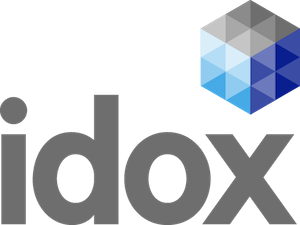New DFG Funding Atlas Reveals Latest Trends and Historic Developments in German Funding Landscape
Report shows key figures on publicly funded research in Germany but also pays tribute to historic developments in research funding since 1921.
The Funding Atlas is published by Deutsche Forschungsgemeinschaft (DFG – German Research Foundation) every three years since 1997. The reports offer statistics on research funding by all major national and European public funding providers. In October 2021, DFG has now released the nineth Funding Atlas, covering the years from 2017 and 2019.
The report provides an overview of DFG funding approvals according to research discipline and higher education institution and includes a list of the top 40 universities that have attracted the most funding. The table is topped by LMU Munich and TU Munich both of which attracted more than €300 million in funding. Further top universities include Heidelberg University, RWTH Aachen and TU Dresden.
For the first time, the Funding Atlas 2021 also includes a breakdown of acquired third-party funding by federal state. Of the €9.48 billion in DFG funding that was approved between 2017 and 2019, the largest proportion went to North Rhine-Westphalia (€1.83 billion), Baden-Wuerttemberg (€1.60 billion) and Bavaria (€1.46 billion). Most other states received between €100-700 million.
The report also provides an overview of growing trend towards international collaboration. Almost one in five research projects funded by the DFG are shown to include at least one international partner. The most popular countries for global collaborations are the USA as well as China, Australia, Canada and Israel. Within the Europe, France, Switzerland, Austria and the UK remain important partners. But the report identifies collaborations with partners in 126 countries, highlighting the breadth of international relationships.
In addition to its standard analysis of current funding data, the Funding Atlas 2021 also includes two special chapters on historical perspectives. Closely linked to the ‘GEPRIS Historisch’ database that was established in 2020 on the occasion of the DFG’s centenary, one chapter focusses on funding granted between 1921 and 1945 by the DFG’s predecessor organisation, the ‘Notgemeinschaft der Deutschen Wissenschaft’ (Emergency Association of German Science). In addition, the report also features a section on ’30 Years of Unified Research’ which provides an analysis of the gradual integration of former GDR research after reunification into the now all-German research and funding system.
The full report as well as interactive data visualisations are available via the DFG Funding Atlas website.
(This report was the subject of a RESEARCHconnect Newsflash.)

